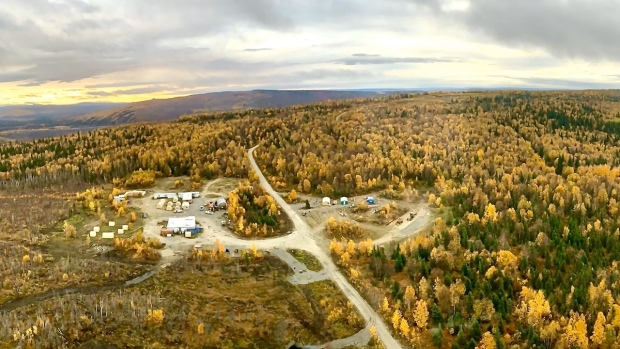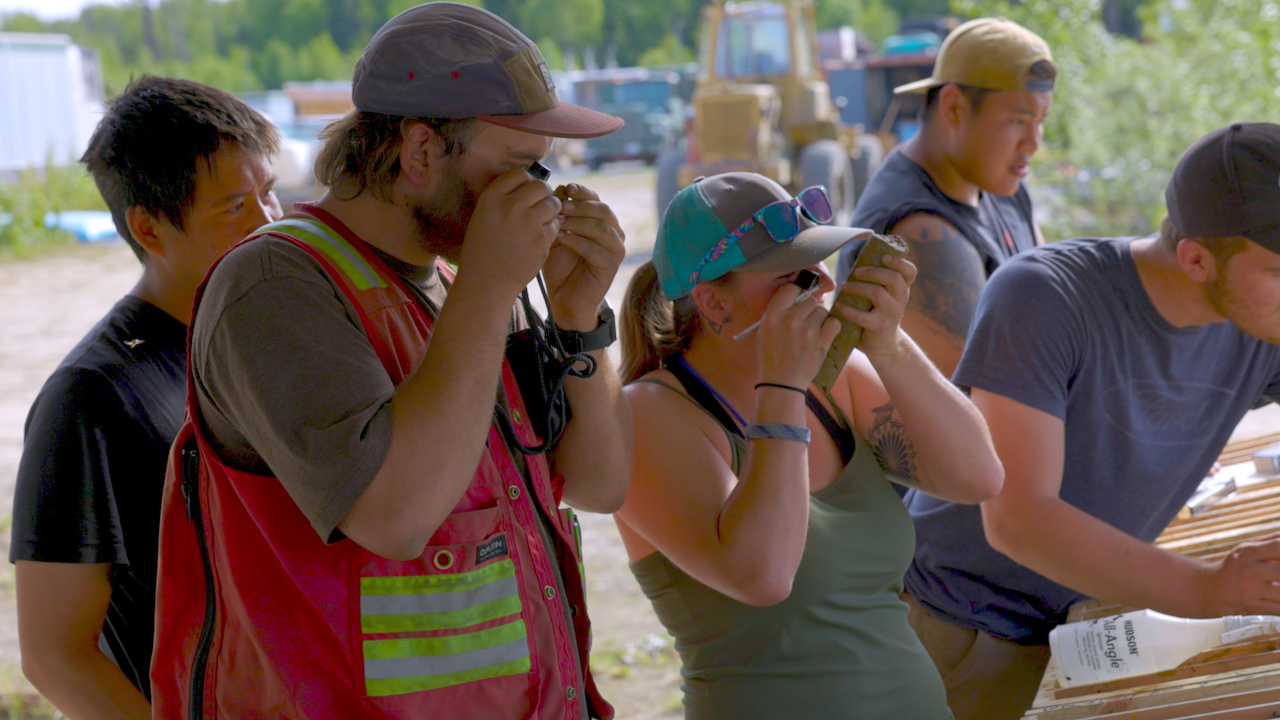Oct 17, 2023
Unlocking the potential of high-grade CRD discoveries in Alaska

Carbonate Replacement Deposits (“CRDs”) are not an everyday term for non-geologists.
But when a mining company discovers a CRD, even generalist investors would be wise to take notice.
This metals deposit style hosts some of the highest-grade silver-lead-zinc mineralization on the planet. And, in addition to often being exceedingly rich, CRDs can also be quite large.
A good example is South32’s Hermosa project in Arizona. South32 bought the zinc and silver project by acquiring project owner Arizona Mining for C$1.8 billion in 2018. By that point, Arizona had outlined a 101-million-short-ton measured and indicated resource at Hermosa grading 10.4% zinc equivalent.
Another example currently in the resource definition phase is Western Alaska Minerals Corp.’s (TSXV: WAM) Waterpump Creek mineral deposit on its Illinois Creek property in central-west Alaska. In 2022, drilling at WPC allowed the company to deliver to the market some of the longest, highest-grade silver-zinc intersections in the industry.
WAM’s Illinois Creek District contains 73,000 acres which are entirely on State of Alaska land. This gives the company a distinct advantage over miners in the state who operate on federal land. A State of Alaska address means the project is not subject to the onerous U.S. permitting process. It is also a clean and straightforward property with no underlying third-party ownership or royalties. The State of Alaska does impose a 3% net profits tax on production. However, there are credits for development costs, so this tax does not come into effect until a few years after the start of production.
The Illinois Creek District is home to the past-producing Illinois Creek Mine, which is part of the mineralized system connected to WPC and its extensions. In 2023, WAM is focused on generating a maiden resource estimate for WPC and identifying a potentially big extension of WPC on the Last Hurrah prospect to the south.
Assays are in for Waterpump Creek and on the way for Last Hurrah
The first full drilling season at WPC in 2022 yielded best-in-industry drill results, with the holes drilled that year averaging approximately 217 g/t silver, 8.6% zinc and 7.7% lead. As WAM’s President & CEO Kit Marrs notes: “The silver values from these holes were really phenomenal, with some intercepts over 10-15 meters that are well over half a kilo and upwards of 700-800 g/t, or even a kilogram, over narrower intercepts.”
Western Alaska rode those results to new share price heights in 2022. And while its shares have come back to earth of late, they continue to trade at a level that likely does not fully reflect the value at WPC.
The 2023 assays from WPC are back from the lab and show consistency of the silver-lead-zinc mineralization and its extension to 495 meters along strike. WAM has now turned over its drilling data from the first two seasons to a third-party consultant who will convert it into a formal resource estimate, likely to be released in the first quarter of 2024.

In the interim, the company is excited about the opportunity to extend WPC’s mineralization to the south on Last Hurrah. Drilling started in July to test a new target area 700 meters south of the main Water Pump Creek zone. This drilling outlines several zones of strong alteration such as “sanding” of the host dolomite and UV fluorescent calcite veins named “BBQ Rock”.
A second phase of drilling started turning in September focused on the BBQ rock alteration found at Last Hurrah. According to Marrs, CRD expert and WAM consultant Peter Megaw calls it a BBQ rock because the interval “looks like BBQ charcoal ready to cook steaks when you put it under a hood with UV light.”
That light effect is a result of manganese carried by a release of carbonate in unmineralized dolomite by nearby mineralizing fluids. According to Megaw, the presence of this type of rock indicates you’re within 50-60 meters of silver-lead-zinc-hosting mineralization.
Now the key is to find which direction the mineralized area is from the BBQ rock. That will take more drilling.
A promising near-term
Marrs was the first project geologist on Illinois Creek back when Anaconda Copper Co. discovered the district in the 1980s.
One of an experienced team of ore finders, Marrs is intimately familiar with the project’s potential. He and his wife Joan founded the company in 2010 and self-funded work for several years. Private funding from “friends and family” advanced the project for a decade in the 2010s as a private company, before going public on the Toronto Venture Exchange in 2021.
Now, as the publicly traded Western Alaska Minerals, this company is following in the private company’s footsteps by continuing its sustainability efforts and good neighbor policy. The company began hiring locally in 2016 and has continued to support local training initiatives in the nearby villages of Nulato, Kaltag, Koyukuk and Galena.
Looking ahead, Marrs sees several catalysts for the company’s share price, including the analysis of a state-of-the-art 3D geophysical survey and the drill results from the Last Hurrah target.
But the most important catalyst will be the resource estimate for Waterpump Creek. Marrs comments: “A mineral resource will really establish a level of where Western Alaska can be valued in the market. So, we expect this will be a real game changer for us as we move ahead.”
Learn more about Western Alaska Minerals Corp. on its website as well as on: